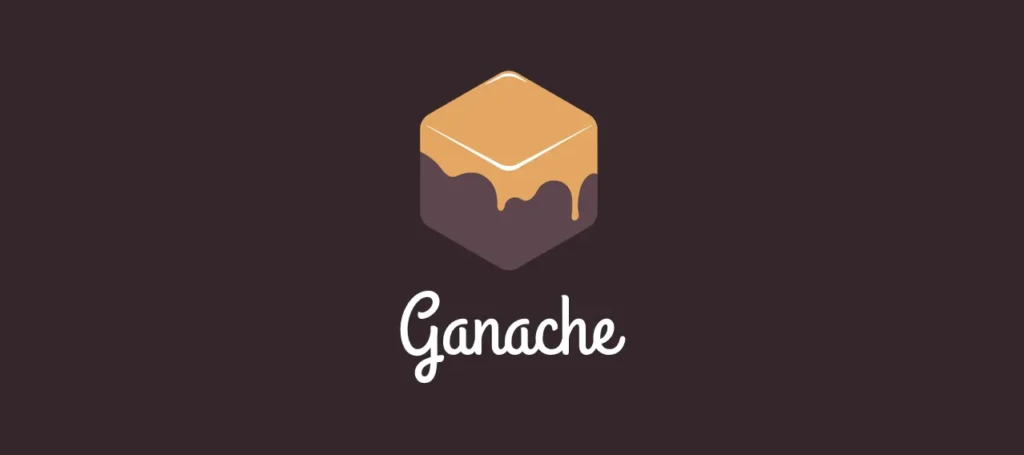What is the use of Ganache in blockchain? This question is central for developers, startups, and enterprises exploring decentralized applications (dApps) and Ethereum-based solutions. Ganache, part of the Truffle Suite, provides a personal Ethereum blockchain for developers to test, experiment, and simulate blockchain transactions without the costs and risks of deploying on the mainnet. In today’s fast-moving Web3 ecosystem, where testing and security are paramount, Ganache has become a cornerstone for blockchain development.
This article investigates Ganache’s role, real-world applications, and why it continues to dominate the blockchain developer toolkit.
Why Ganache Matters in Blockchain Development
Ganache is designed to solve one of blockchain’s biggest hurdles: safe and efficient testing. Deploying smart contracts on Ethereum’s mainnet can be costly due to gas fees and irreversible if bugs exist. Developers need a sandbox environment—Ganache provides exactly that.
Key Benefits of Using Ganache
- Cost-Free Experimentation: Simulates Ethereum blockchain behavior without gas fees.
- Rapid Prototyping: Instantly deploy smart contracts in a controlled environment.
- Debugging Power: Offers detailed logs and error tracking for smart contract testing.
- Custom Blockchain Setup: Developers can configure accounts, balances, and mining speed.
How Ganache Works in Blockchain Projects
Local Blockchain Environment
Ganache creates a local Ethereum-like blockchain on a developer’s machine. This allows unlimited testing of transactions, contract interactions, and token transfers in real-time. Developers can generate multiple test accounts with preloaded Ether to simulate transactions and dApp behavior.
Smart Contract Testing
At its core, Ganache is invaluable for smart contract testing. Developers write contracts in Solidity, deploy them on Ganache, and verify how they behave under different scenarios. This prevents costly bugs that could compromise real assets on Ethereum.
For example, a DeFi protocol can test lending, borrowing, and liquidation scenarios within Ganache before launching publicly.
Integration with Truffle and Hardhat
Ganache is part of the broader Truffle Suite, a leading Ethereum development framework. Together, Ganache and Truffle provide an end-to-end workflow: writing contracts, testing them locally, and deploying them securely. While Hardhat has emerged as a competitor, Ganache remains widely used for its user-friendly GUI and CLI (Command Line Interface).
Real-World Use Cases of Ganache
dApp Prototyping
Startups often use Ganache to prototype decentralized applications. From NFT marketplaces to gaming platforms, developers can test transactions, auctions, and smart contract features before exposing them to real users.
Education and Training
Universities and coding bootcamps teaching blockchain development frequently adopt Ganache. It provides students with a risk-free playground for learning Solidity and Ethereum fundamentals.
Security Auditing
Auditors rely on Ganache to reproduce transaction sequences and stress-test smart contracts. By simulating attacks and failure conditions, vulnerabilities can be identified early.
Ganache vs. Other Blockchain Testing Tools
Ganache isn’t the only testing environment in the ecosystem, but it remains one of the most accessible.
| Feature | Ganache | Hardhat | Remix IDE |
|---|---|---|---|
| User Interface | GUI + CLI | CLI | Web-based IDE |
| Network Simulation | Local Blockchain | Local Blockchain | Test on browser VM |
| Best For | Beginners & Teams | Advanced Devs | Quick Solidity tests |
| Integration | Truffle Suite | Plugins | Standalone |
While Hardhat offers plugins and flexibility, Ganache’s simplicity and GUI make it a popular choice for teams and newcomers.
Challenges and Limitations of Ganache
Despite its advantages, Ganache isn’t without challenges:
- Not a Perfect Replica of Mainnet: Simulated environments may behave differently under real-world conditions.
- Scalability Issues: Large-scale testing (thousands of users) may require more advanced setups like private Ethereum testnets.
- Competition from Hardhat: As developers adopt newer frameworks, Ganache must evolve to remain relevant.
Future of Ganache in Blockchain Development
The future of Ganache depends on its ability to adapt. With Ethereum’s scaling via Layer 2 solutions, testing environments must replicate increasingly complex ecosystems. Ganache’s team continues to update features, ensuring compatibility with evolving Ethereum standards.
Its educational role also remains critical: new developers entering the Web3 space still turn to Ganache as their first blockchain sandbox.
FAQ: What is the Use of Ganache in Blockchain?
Q1: What is the use of Ganache in blockchain for developers?
Ganache provides a local Ethereum blockchain that developers can use to test smart contracts, transactions, and dApps before deploying them on the live network.
Q2: How does Ganache support blockchain education?
Educational institutions use Ganache as a safe testing environment for students learning Solidity and decentralized application development.
Q3: Can Ganache be used for real blockchain deployments?
No, Ganache is for testing and development only. Real deployments must occur on Ethereum mainnet or testnets like Goerli.
Q4: What makes Ganache different from Hardhat?
Ganache is beginner-friendly with a graphical interface, while Hardhat offers more flexibility and plugins for advanced developers.
Q5: Is Ganache still relevant in modern blockchain development?
Yes. Despite competition, Ganache remains widely used for prototyping, education, and contract testing.
Conclusion
So, what is the use of Ganache in blockchain? In essence, it’s a powerful development tool that reduces costs, mitigates risks, and accelerates the journey from concept to deployment. By providing a controlled Ethereum-like environment, Ganache empowers developers to experiment, test, and learn without financial consequences.
Looking ahead, as Ethereum and blockchain applications evolve, Ganache will need to integrate with Layer 2 networks and multi-chain frameworks. Yet its role as the “training ground” for blockchain development remains undeniable—cementing Ganache’s place as an essential tool in the Web3 revolution.

